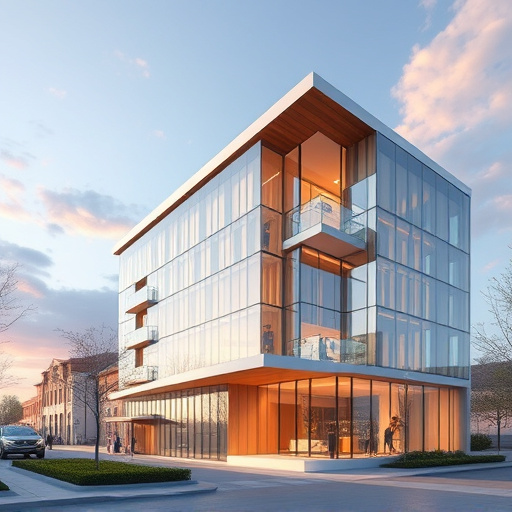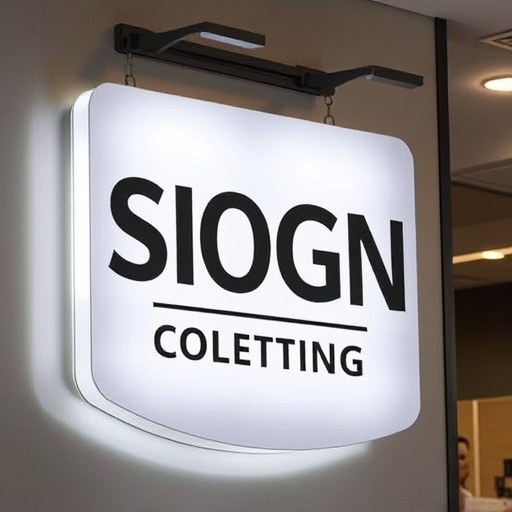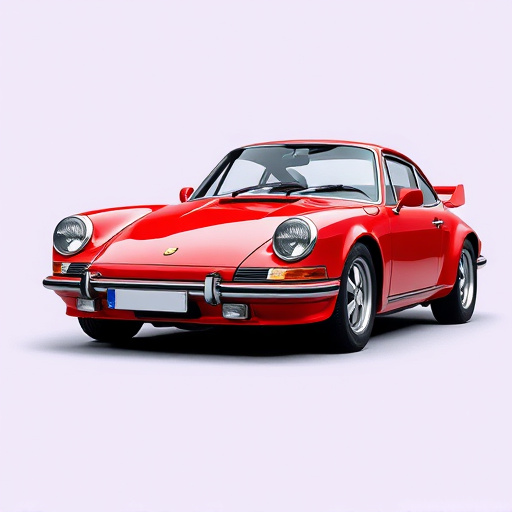Tailoring content and aesthetics significantly impacts the effectiveness of brochure design printing. Business-to-Business (B2B) brochures focus on educational details, technical specs, and professional designs for decision-makers, while Business-to-Consumer (B2C) brochures leverage emotive language, vibrant colors, and compelling imagery to attract individual consumers. For B2B, clarity, conciseness, strategic content, high-quality visuals, and clean layouts are key; for B2C, captivating visuals, compelling language, unique selling points, eye-catching graphics, and catchy headlines evoke emotional responses while conveying succinct information that resonates with consumer aspirations. SEO keywords like "brochure design printing" enhance online visibility.
In the dynamic world of marketing, brochure design printing remains a powerful tool, but its effectiveness varies significantly between B2B and B2C campaigns. This article delves into the distinct nuances of creating brochures for business-to-business (B2B) and business-to-consumer (B2C) audiences. We explore key considerations, from understanding target demographics to selecting appropriate design elements, ensuring successful engagement in each sector. Discover strategies to craft compelling brochures that resonate with both professional and general consumers alike.
- Understanding the Differences: B2B vs. B2C Brochure Design
- Key Considerations for Effective Printing in Each Sector
- Strategies to Create Engaging Brochures for Both Business Audiences
Understanding the Differences: B2B vs. B2C Brochure Design
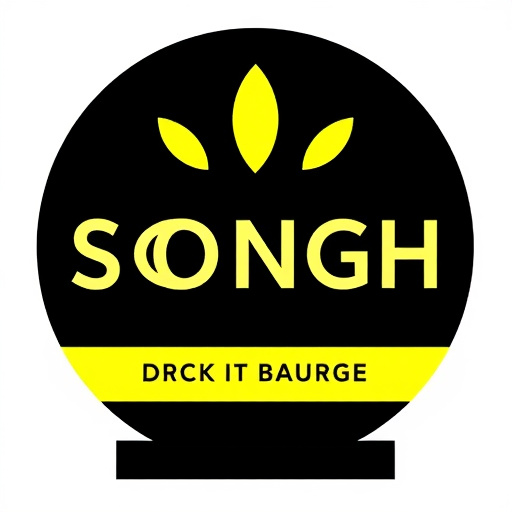
In the realm of brochure design printing, understanding the nuances between Business-to-Business (B2B) and Business-to-Consumer (B2C) campaigns is paramount. B2B brochures often serve as educational tools, focusing on detailed information, technical specifications, and the benefits of products or services to businesses. Design elements tend to be more conservative, emphasizing clarity and professionalism. On the other hand, B2C brochures are geared towards attracting individual consumers, employing vibrant colors, compelling imagery, and persuasive language to trigger emotional responses.
When designing for different audiences, considerations like protective coatings (for durability) or heat rejection features (in hot climates) might become relevant for B2B materials targeting industrial sectors, while paint protection film could be a selling point in B2C brochures promoting automotive services. Tailoring the brochure design to match the target market’s needs and preferences is essential for capturing attention and driving effective communication.
Key Considerations for Effective Printing in Each Sector
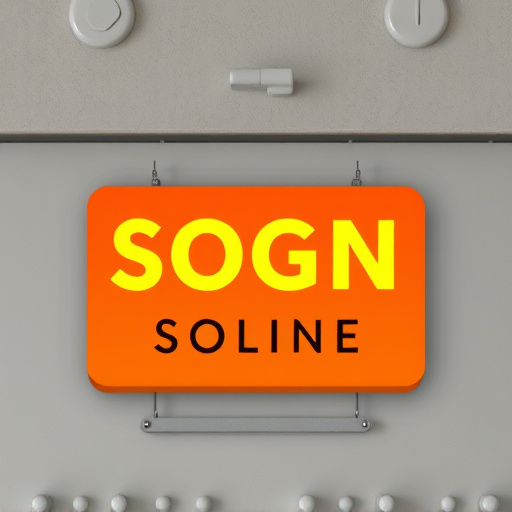
When designing brochures for B2B (Business-to-Business) campaigns, key considerations focus on clarity and conciseness. B2B marketers often target decision-makers within companies, who are seeking specific solutions to business problems. Therefore, brochure design printing should emphasize strategic content that speaks directly to these professionals’ needs. Visuals should be high-quality but supportive of the core message, which typically revolves around how a product or service solves industry-specific challenges. A clean layout with well-defined sections, such as problem/solution pairings and case studies, aids in quick comprehension.
In contrast, B2C (Business-to-Consumer) brochures cater to a broader audience with diverse interests. Effective brochure design printing for this sector leverages captivating visuals and compelling language to grab attention. Highlighting unique selling points through eye-catching graphics, especially when coupled with catchy headlines, can effectively communicate the value of products or services like car customization, premium automotive services, or automotive detailing. The goal is to evoke an emotional response while providing succinct information that resonates with consumers’ aspirations and lifestyles.
Strategies to Create Engaging Brochures for Both Business Audiences
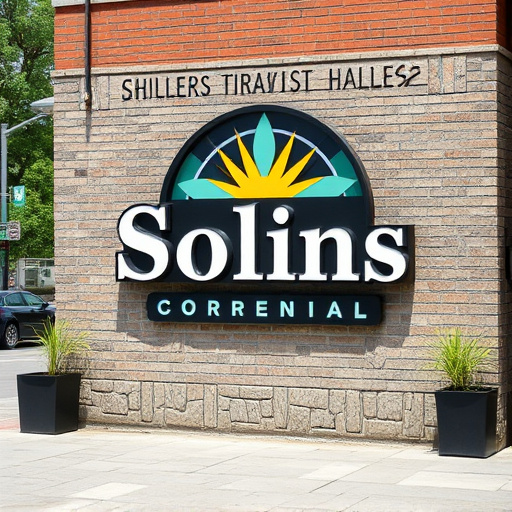
Creating engaging brochures is an art that differs slightly when targeting Business-to-Business (B2B) or Business-to-Consumer (B2C) audiences. For B2B campaigns, focus on concise and informative content. Since decision-makers are often involved in the purchasing process, use clear language to highlight product features and benefits relevant to their specific industries. Incorporate data, statistics, and case studies to build trust and credibility. Custom graphics can effectively illustrate complex information, making it more accessible.
In contrast, B2C brochures should appeal to a broader audience with varying interests. Utilize vibrant visuals and compelling copy that evokes an emotional response. Showcase how the product or service enhances their daily lives or adds value to their existing routines. Vehicle protection and enhancement are excellent examples of topics that can be tailored for B2C audiences, focusing on the benefits of maintaining or improving vehicles’ appearance and performance.
In conclusion, effective brochure design printing requires tailoring strategies to meet distinct B2B and B2C needs. Understanding the unique preferences and decision-making processes of each audience is key. For B2B campaigns, focus on clear, concise information and professional visuals that demonstrate expertise. In contrast, B2C brochures should engage with captivating aesthetics, emotional appeals, and concise calls to action. By considering sector-specific nuances and employing targeted designs, businesses can maximize the impact of their brochure printing efforts.




